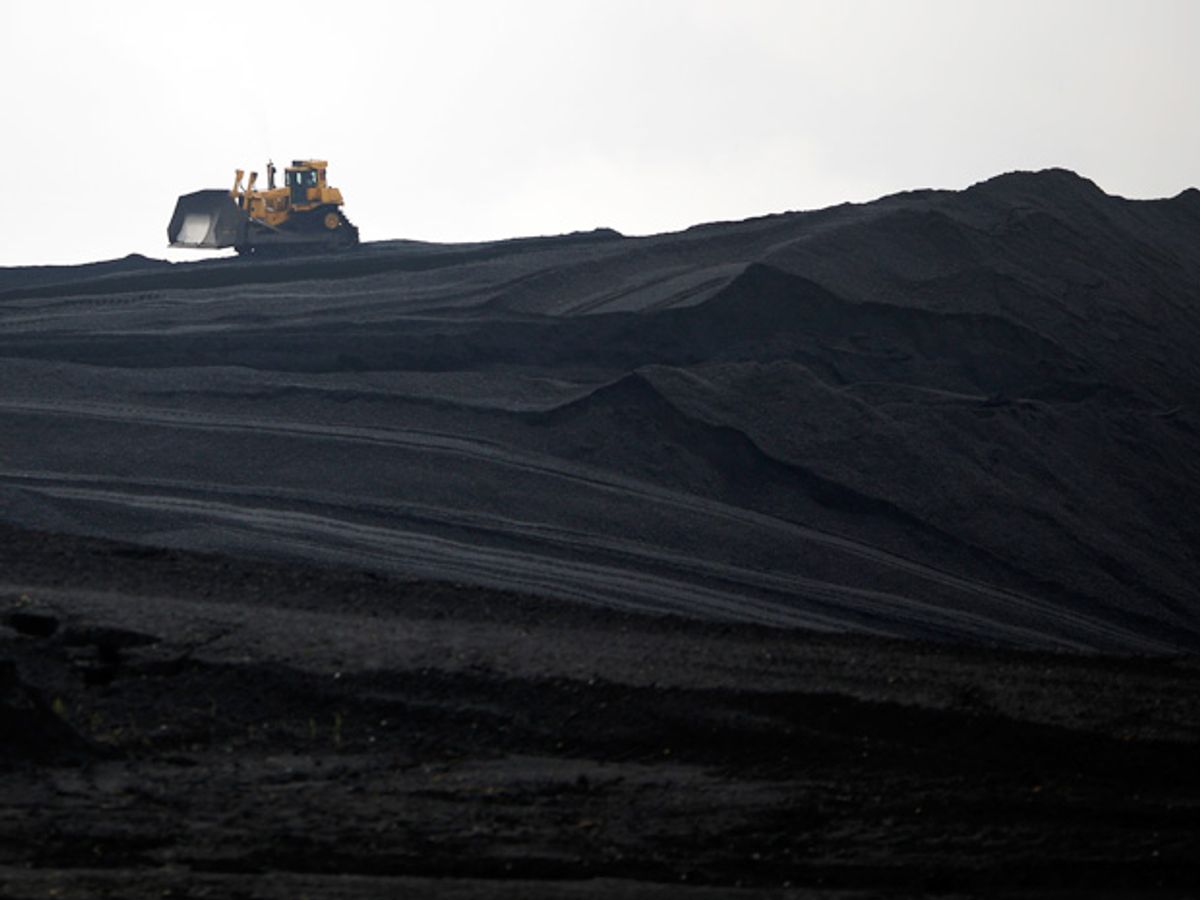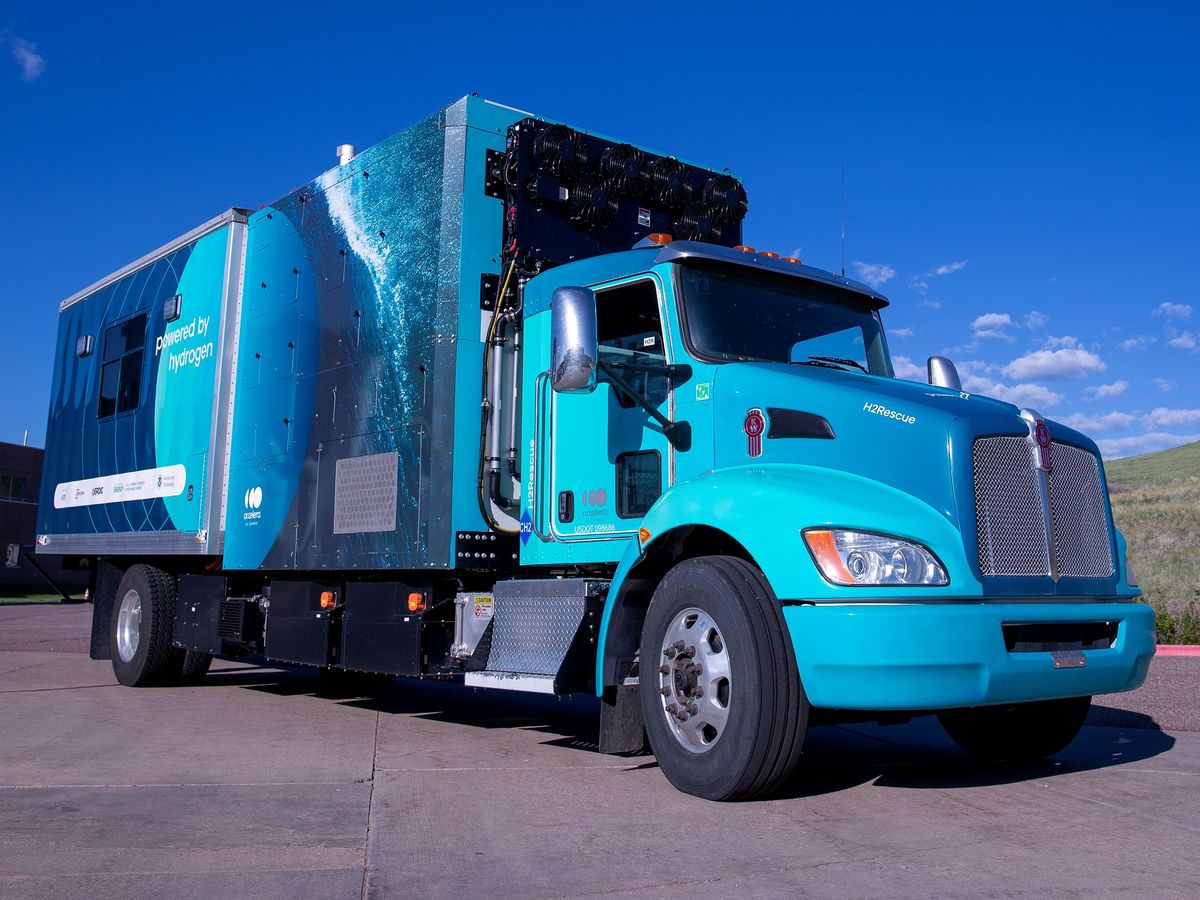As expected, at the end of last week the U.S. Environmental Protection Agency (EPA) released regulations for carbon emissions from new coal-fired and gas-fired power plants, under authority of the Clean Air Act and a key Supreme Court decision upholding the agency's authority to regulate greenhouse gas emissions. As expected, the EPA proposes to limit emissions from new coal plants to about 500 kilograms (1100 pounds) per megawatt-hour, and from gas plants, to 450 kg (1000 lbs) per MWh.
The EPA originally aimed to set a single standard for both coal and gas plants, at the lower limit, but under pressure from industry, it slightly eased the limit for coal. It is a minor concession. Average emissions today from a newly built, state-of-the-art coal plant are around 800 kg (1800 lbs) per MWh, according to GigaOm's Katie Fehrenbacher. The EPA's regulations are being universally interpreted to imply, therefore, that no new coal plant can be built in the United States unless it provides for carbon capture and storage (CSS).
The immediate impact of the regs, also by universal agreement among industry analysts and commentators, will be nil. That is because no new coal-fired power plants are being built anyway. The reason generally given is competition from much cheaper and much cleaner natural gas. But there is a second, just as important reason. Starting about a decade ago, a nationwide anti-coal campaign erupted at the environmentalist grassroots, which means that any company that proposes to build a new coal-fired plant has to go through the procedural trials previously reserved for those proposing a new nuclear plant.
That radical change in the country's political chemistry was a main factor, for example, in the dramatic decision by Texas's top utility in 2007 to ditch plans for a fleet of new coal plants and—this anyway was the initial plan—to go nuclear instead. Much sooner than most industry experts and political commentators had expected, the message had penetrated to the grassroots that coal plants are the country's single most concentrated source of greenhouse gas emissions (as EPA put it in its press release announcing the new regulations last Friday), and a major cause of respiratory disease as well.
To say that the new regs were generally expected and will have little or no immediate impact is not to say, actually, that they necessarily will be upheld when challenged in court. The EPA is required to demonstrate that the new carbon limits are achievable by means of current demonstrated and economically viable technology, that is to say, CCS. Right now, only scattered pilot CCS plants exist, and industry shows no inclination whatsoever to build a large plant equipped with CCS on a commercial basis, either in the United States or abroad. Challenges to the regs will likely climb all the way through the legal appeals process, eventually reaching the Supreme Court. In the end, industry may well win.
In the meantime, regulatory uncertainty will be one more reason for energy companies not to build new coal plants on any basis. But that uncertainty is but one of three conditions, any one of which is sufficient to virtually guarantee there will be no new coal-based generation. For a real renaissance in coal-fired power to occur, not only would gas prices have to rise sharply, but there would have to a fundamental change in environmentalist opinion.
Photo: Luke Sharrett/Bloomberg/Getty Images



